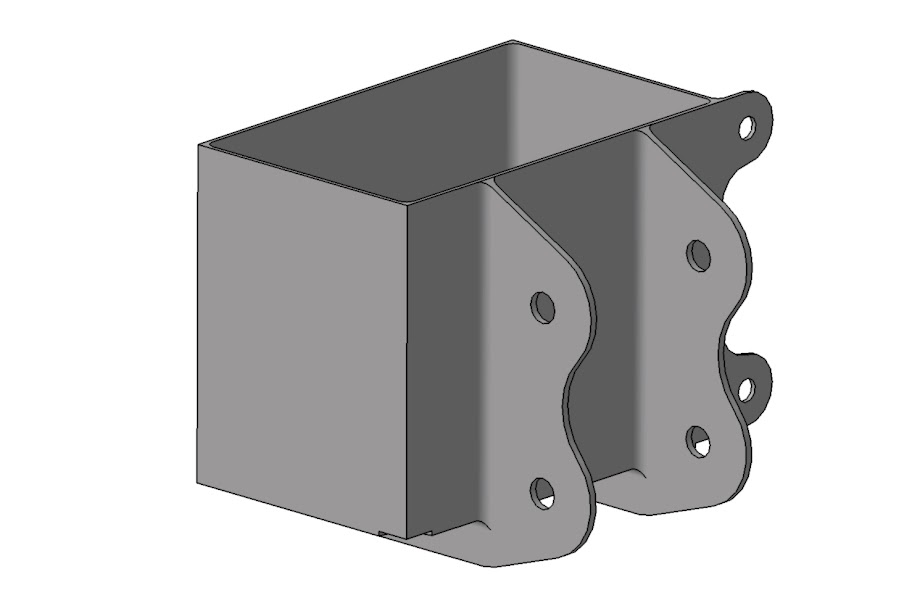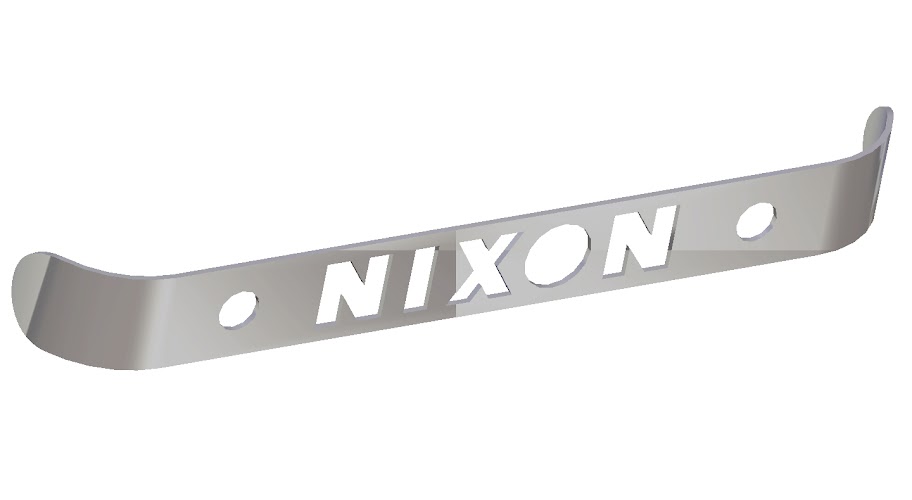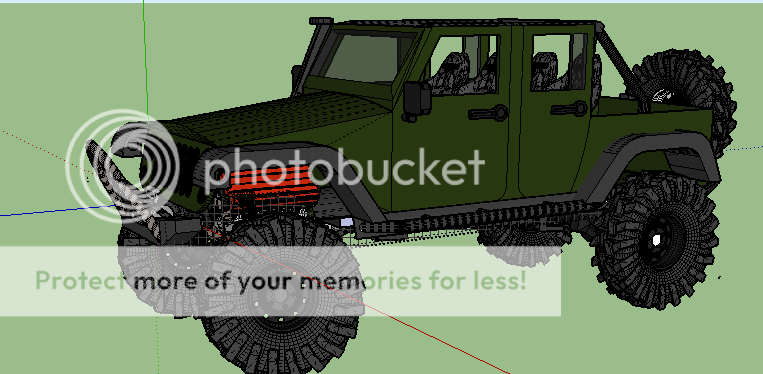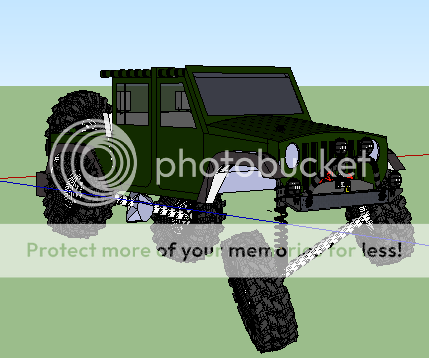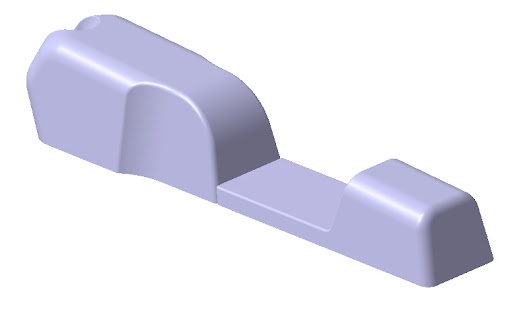I've been wanting to skill up and learn some sort of CAD. End goal, design parts for motorcycles, mock up via 3d printing and send to CNC folks. I'm very computer literate but no training in CAD stuff and it has a steep learning curve. I've been considering taking classes and haven't ruled it out but wanted to know if there are any others out there who took the learn by doing route.
Also looking for input on the free solutions I've started messing with: FreeCAD, LibreCAD, etc.
I've seen some pro work here on DTT and am looking for experienced advice. Many thanks in advance...
--
Kelly
Also looking for input on the free solutions I've started messing with: FreeCAD, LibreCAD, etc.
I've seen some pro work here on DTT and am looking for experienced advice. Many thanks in advance...
--
Kelly


